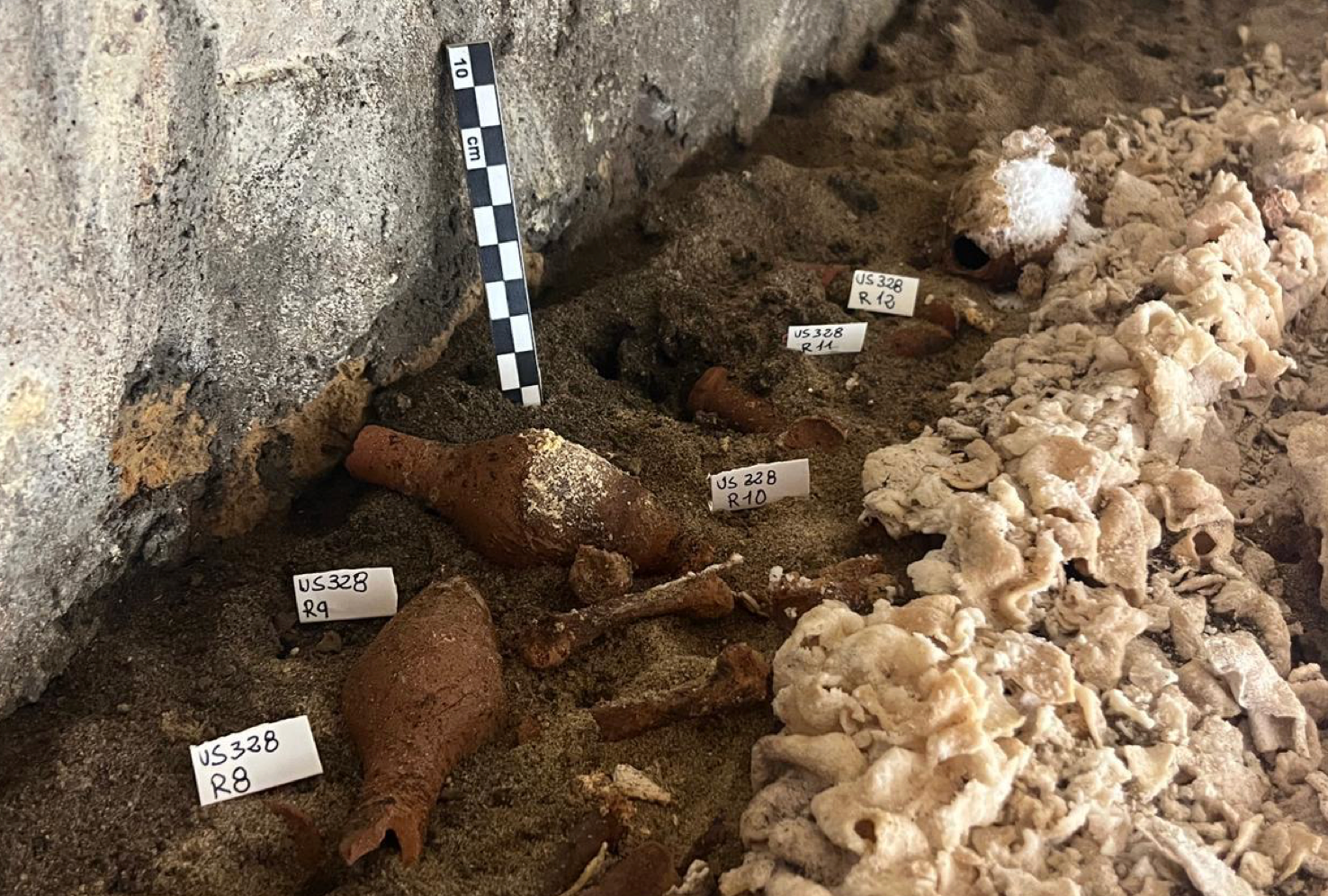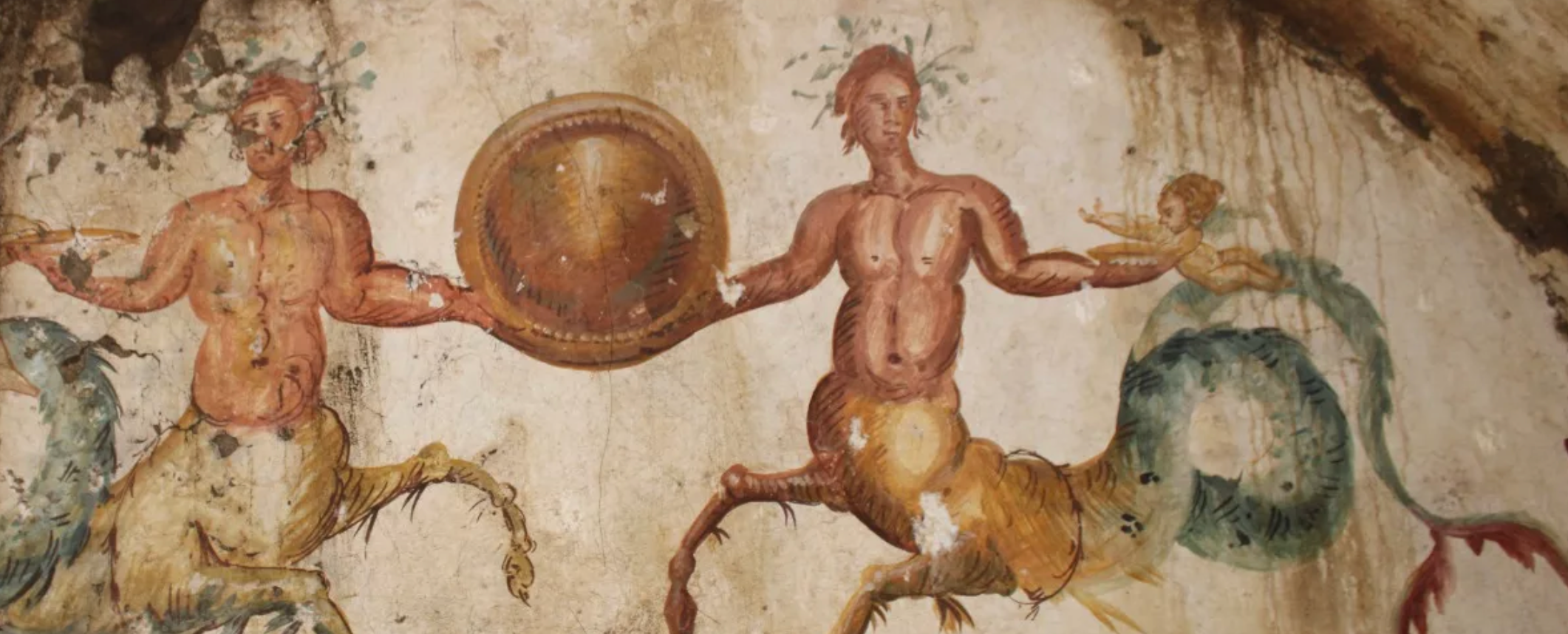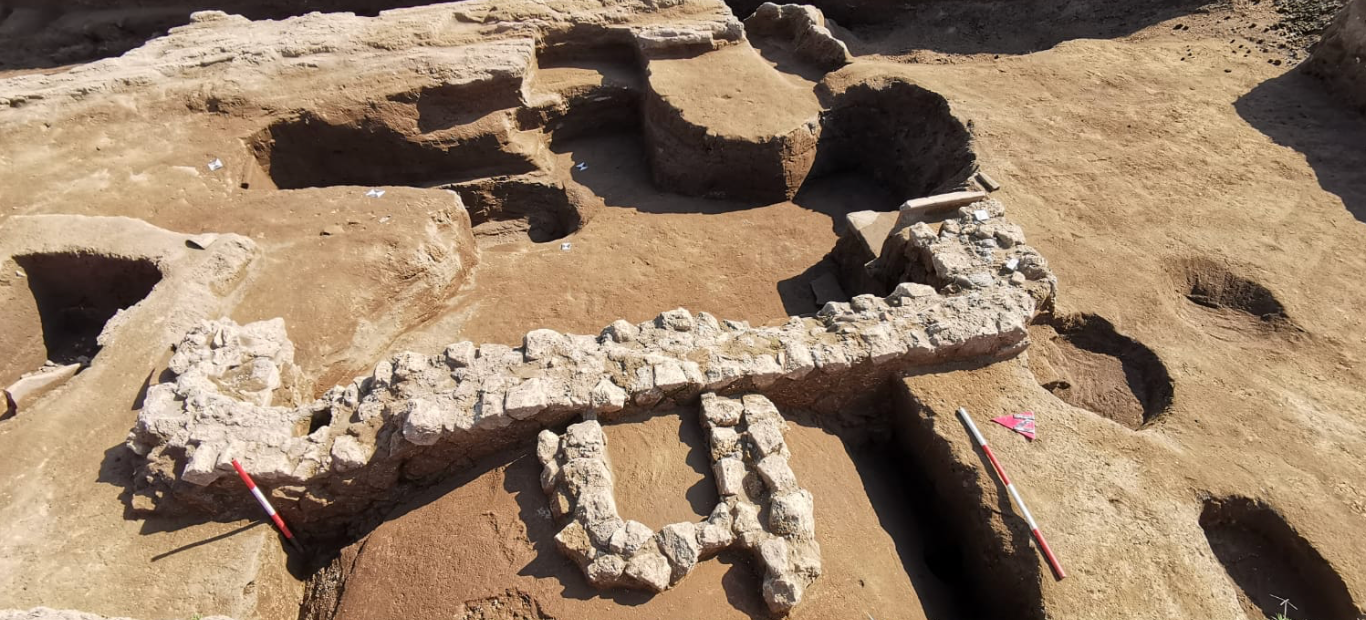Archaeologists perplexed by strange skeleton uncovered in Italy’s 2,200-year-old ‘Tomb of Cerberus’
Findings may shed more light on cultural demographics of Naples 2,000 years ago
Your support helps us to tell the story
From reproductive rights to climate change to Big Tech, The Independent is on the ground when the story is developing. Whether it's investigating the financials of Elon Musk's pro-Trump PAC or producing our latest documentary, 'The A Word', which shines a light on the American women fighting for reproductive rights, we know how important it is to parse out the facts from the messaging.
At such a critical moment in US history, we need reporters on the ground. Your donation allows us to keep sending journalists to speak to both sides of the story.
The Independent is trusted by Americans across the entire political spectrum. And unlike many other quality news outlets, we choose not to lock Americans out of our reporting and analysis with paywalls. We believe quality journalism should be available to everyone, paid for by those who can afford it.
Your support makes all the difference.Archaeologists in Italy have uncovered a strange well-preserved skeleton in the 2,200-year-old “Tomb of Cerberus”, likely belonging to an influential person who lived in the ancient city of Liternum.
The “Tomb of Cerberus” was uncovered last year in the northwest Naples city of Giugliano near an ancient Roman necropolis.
After initially probing the contents of the tomb using a micro camera, new excavations have revealed the skeleton of a person in an “excellent state of preservation” covered in a shroud.
The skeleton was discovered along with grave goods such as ointment jars and a Roman tool used to scrape off dirt from the body before baths.
Conditions inside the funerary chamber appear to have mineralised the shroud, researchers say.

Researchers suspected that the tomb was constructed by an influential family due to its lavish design which includes paintings of the three-headed hellhound Cerberus, believed to be the underworld’s guardian preventing the dead from escaping hell.
The mural also contained drawings of sea centaurs having the head and torso of a man, the front legs of a horse, and the tail of a fish.
An interdisciplinary team of scientists, including archaeologists, chemists, and anthropologists suspect that the individual may have been the “progenitor of the family for which the mausoleum was built” based on the particular care given to the deceased.

Scientists hope to study the tomb further to determine where the shroud and the other artefacts were manufactured.
Analysis of pollen samples found in the tomb suggests the buried human was treated with ointments containing absinthe (wormwood) and a flowering plant Chenopodium also called goosefoot.
“The Tomb of Cerberus continues to provide valuable information on the Phlegraean territory near Liternum,” Marian Nuzzo, a superintendent with the Italian Ministry of Culture, said in a statement.
“In recent months, laboratory analyses conducted on samples taken from the inhumations and the depositional beds have returned a considerable amount of data on the treatment of the deceased’s body and the funerary ritual carried out, significantly enriching the panorama of our knowledge,” Mr Nuzzo said.

Researchers are now conducting DNA analysis to identify the mummified human remains in the tomb.
They hope the findings can shed more light on the social and cultural demographics of Naples 2,000 years ago.
Join our commenting forum
Join thought-provoking conversations, follow other Independent readers and see their replies
Comments